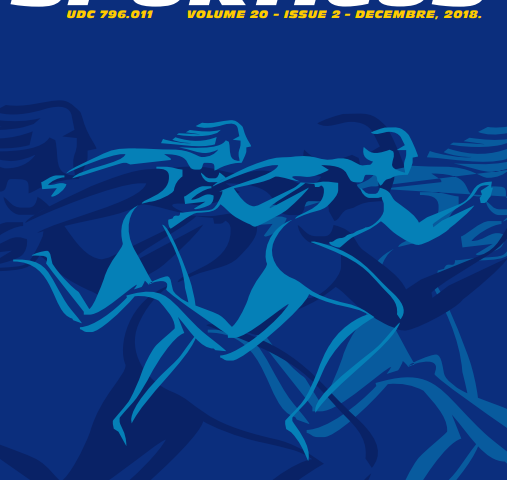Abstract
The aim of the study was to examine differences in an area of take-off strength between the elite and sub-elite sprinters. Drop jump – 45 cm tests were used as criteria of take-off strength. Sample of measured subjects included 12 best sprinters. They divided in two subgroups with the official 100-metre sprint running result being used as a grouping criterion. Biomechanical parameters of both jumps were measured with the use of bipedal tensiometric platform and a system of 9 infraspectral CCD cameras with a 200 Hz frequency. Differences between the groups of sprinters were examined with the use of ANOVA variance analysis. Statistically significant (p<0.05) differences between the sprinters of both groups were revealed in three kinematic and kinetic parameters. In drop jump, elite and subelite sprinters differentiated in the realisation of movement velocity in the eccentric and concentric phases (a difference between the groups is statistically significant p<0.05). Elite sprinters better utilise the stretch reflex, which allows them to more efficiently transfer elastic energy from first into second phase of take-off action.


